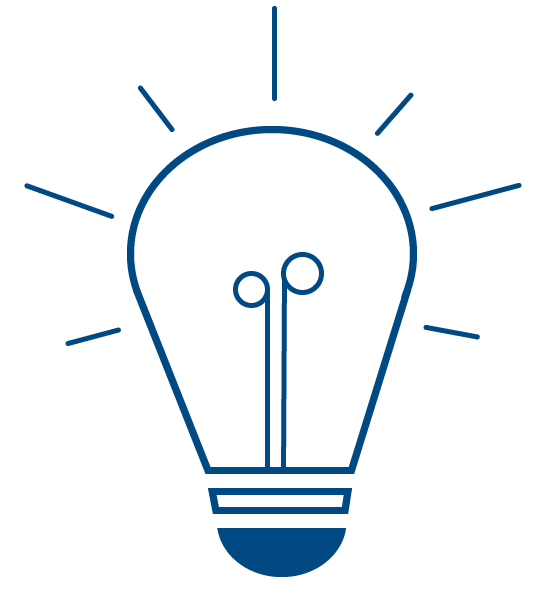Content begins here
Main page content
Click to collapse
Lifelong Learning
Click to collapse

Lifelong Learning
Why is lifelong learning so important? How do I actually learn properly? Are there methods that help me learn? Learning educates and opens up new perspectives in life. We show you how to make learning an integral part of your life.
Smart & Proactive Studying
A constantly changing society and working environment result in new demands and challenges that affect almost all areas of our lives. Education in schools and universities is no longer sufficient to meet these demands. For active and self-determined participation in society, lifelong learning is essential. We will show you how to integrate learning as an accompanying part of your life and how to use different methods.
Click to collapse

Source by https://pexels.com
Click to collapse
Digital Badges
The MCI offers badges to all MCI students who have gained experience and additional qualifications through extracurricular activities. Badges can be selected according to preferences, personal interests and individual career plans. In this way, unique career profiles can be compiled for future applications. In addition, the badge program offers the opportunity to improve digital skills and teaches responsibility for lifelong learning.
You can find more information about digital badges here!